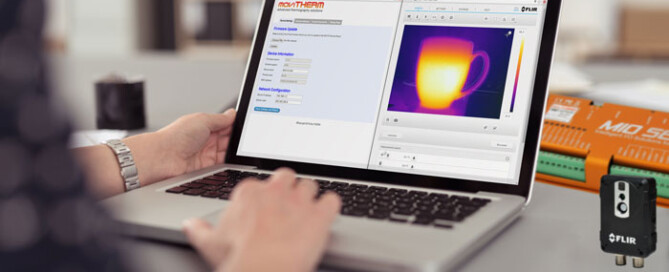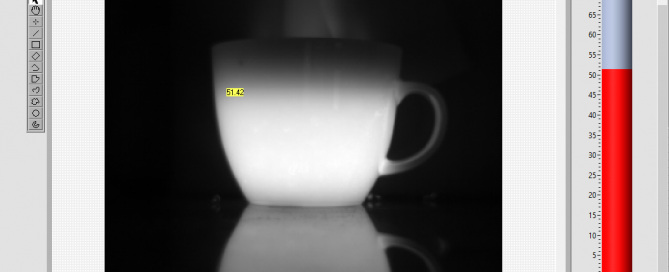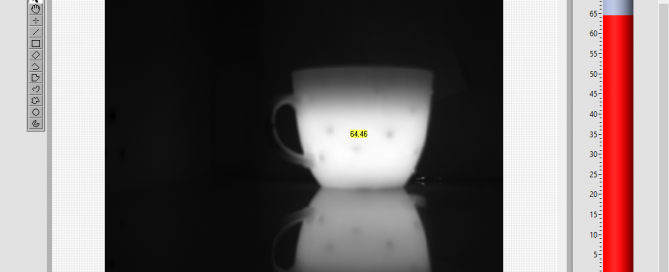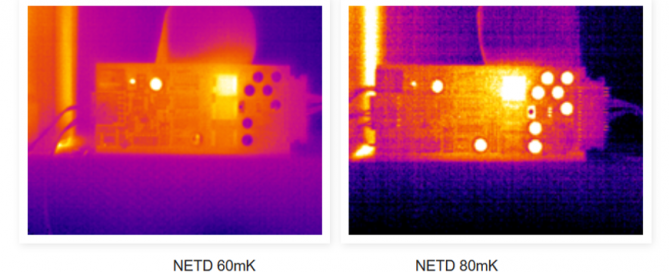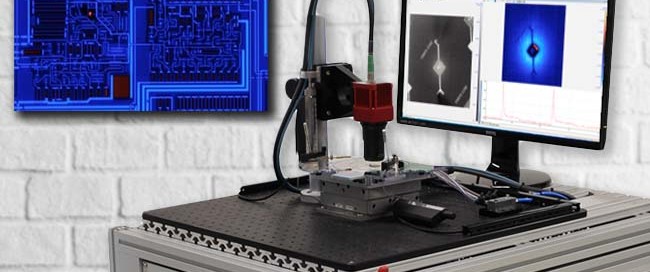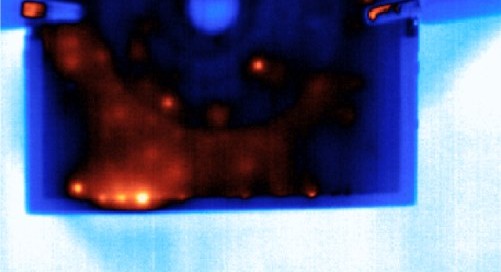How to set up a 4-20mA output on the MoviTHERM MIO
Set Up a 4-20mA Output on the MoviTHERM MIO This video shows you how to set up a 4 to 20mA analog output channel on the MoviTHERM MIO. The MoviTHERM MIO Series - Intelligent I/O Module for FLIR® Cameras - supporting one of the following Camera models: FLIR AX8, FLIR FC Series R or FLIR [...]

